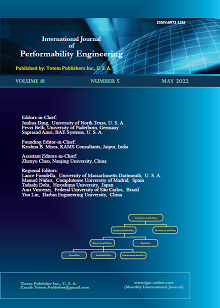-
Review of Key Elements Identification and Robustness Analysis of Power Grid based on Complex Network Theory
- Ying Huang, Linglin Gong, Jianguo Zhang, Haiwei Fan, and Yizhuo Zhang
-
2022, 18(5):
359-368.
doi:10.23940/ijpe.22.05.p6.359368
-
 Abstract
Abstract
 PDF (386KB)
PDF (386KB)

-
References |
Related Articles
Research on reliability of a power grid based on complex network theory has become a hot topic as the complexity of power grids increases with the continuous development of complex network theory. The research status of reliable operation of a power grid has been discussed by scholars from the perspectives of reliability, vulnerability, resilience and robustness. However, most studies are presented only from a single perspective. Thus, this paper comprehensively reviews power grid reliability research status from the perspective of key elements of identification and robustness analysis, which represent perturbation limit and tolerance to perturbation, respectively. Firstly, the basic theory and common evaluation indexes of complex network, as well as the influence of key elements and robustness on the reliable operation of power grid are introduced. Secondly, the current status of key element identification in power grids, the existing power grid elements importance ranking algorithms, its advantages and disadvantage, and evaluation criteria are discussed. Then, the present status of robustness analysis of power grids and the issues to be further explored are presented. Finally, the summary and outlook are given.

